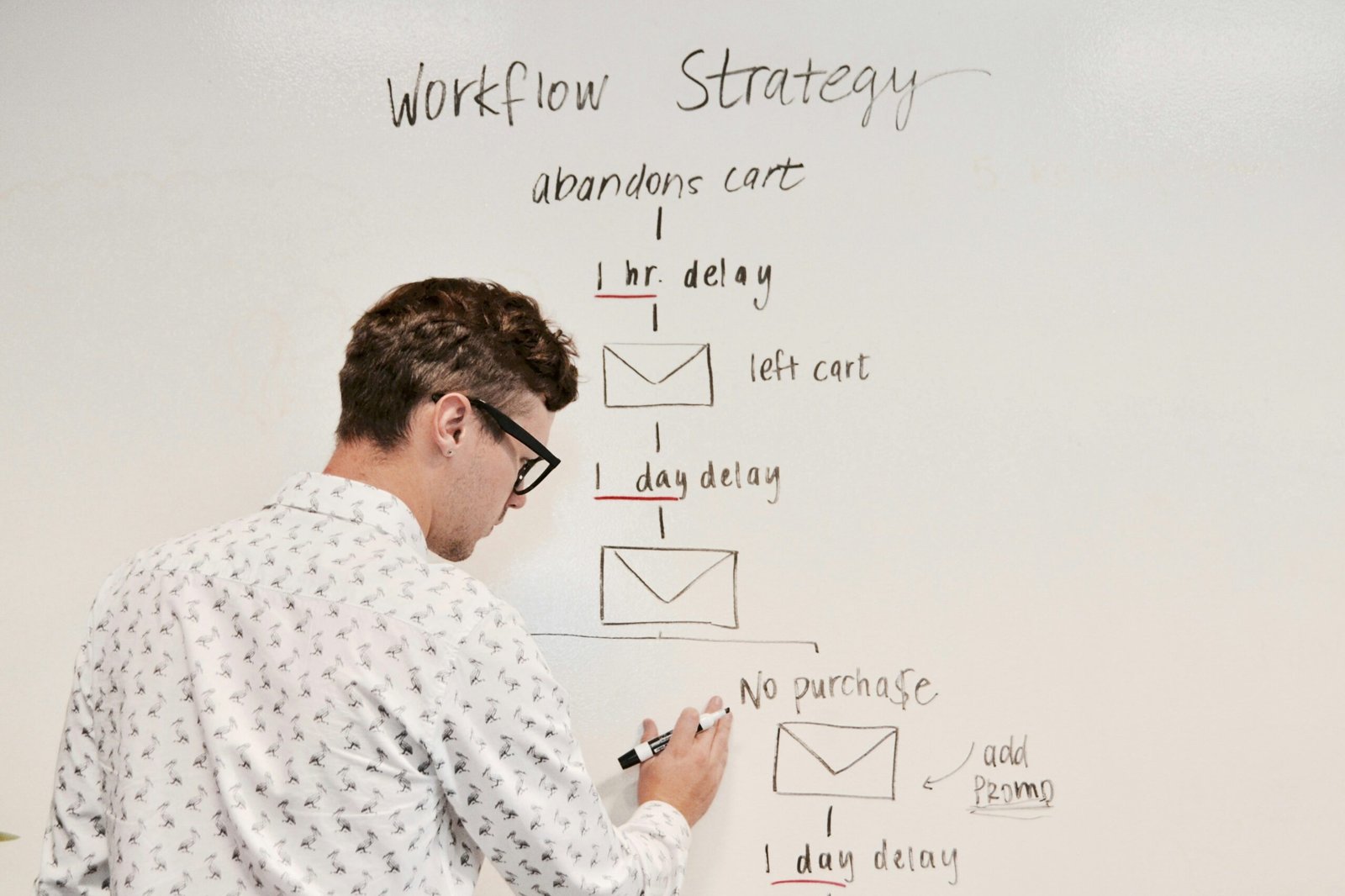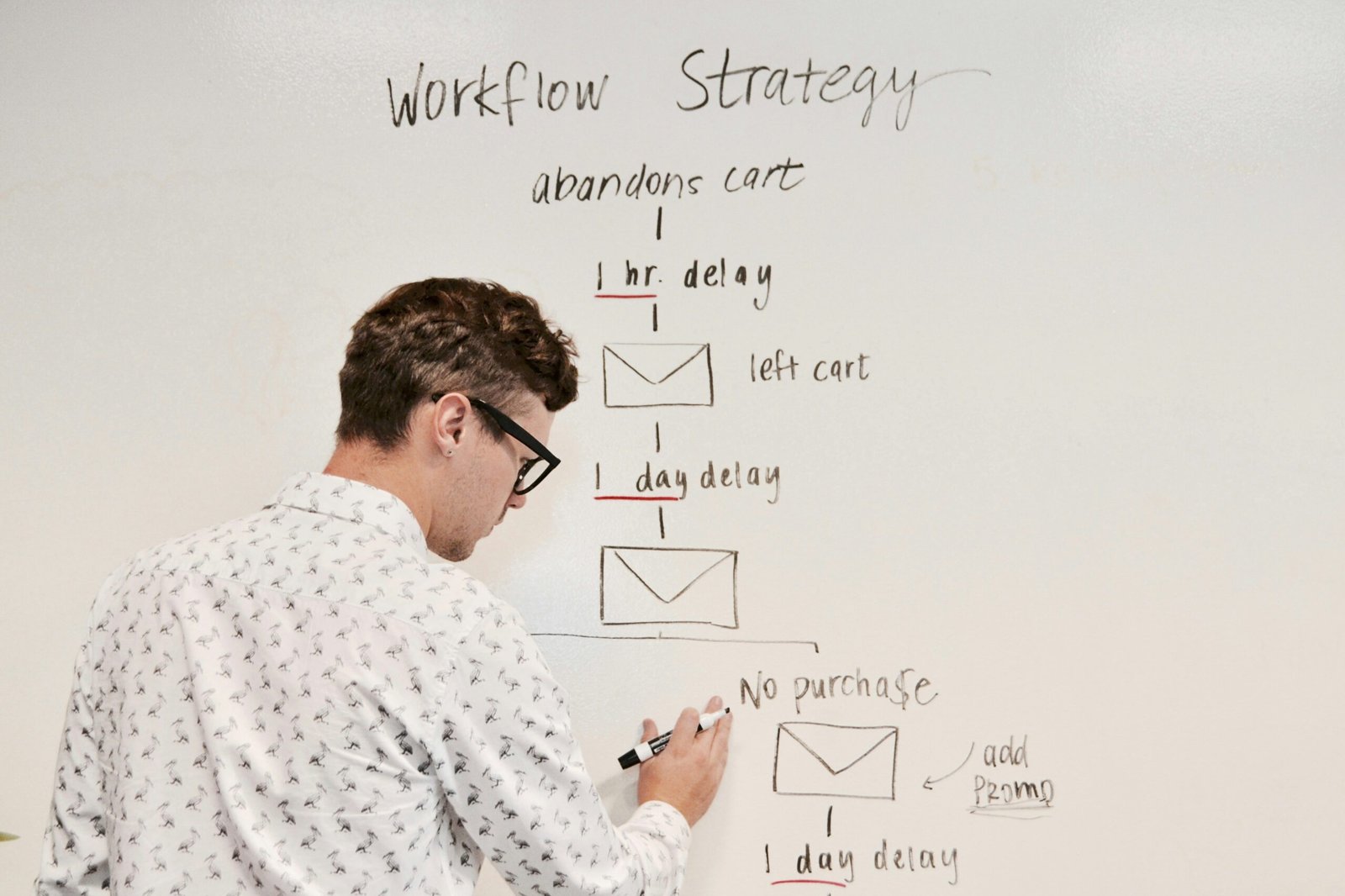B2B E-commerce Newsletters: Building Stronger Connections with Clients
In the fast-paced world of B2B e-commerce, staying connected with clients is crucial for business owners. One effective way to achieve this is through the use of e-newsletters. These newsletters serve as a valuable tool for building and nurturing relationships with current, past, and potential clients. In this blog post, we will explore the importance of B2B e-commerce newsletters and how they can help businesses thrive in the digital landscape.
The Power of B2B E-commerce Newsletters
Newsletters are an essential component of any successful marketing strategy. They provide a direct line of communication between businesses and their clients, allowing for personalized and targeted messaging. In the B2B e-commerce sector, newsletters play a vital role in establishing credibility, fostering trust, and generating repeat business.
By regularly sending newsletters, business owners can keep their clients informed about new products or services, industry trends, and upcoming events. This helps to position the business as a thought leader and a reliable source of information. Additionally, newsletters can be used to showcase success stories, customer testimonials, and case studies, further building trust and credibility.
Building Relationships with Clients
One of the primary objectives of B2B e-commerce newsletters is to build and nurture relationships with clients. By providing valuable and relevant content, businesses can establish themselves as trusted advisors. This content can include industry insights, expert tips, and educational resources that help clients solve their pain points and achieve their goals.
Moreover, newsletters provide an opportunity for businesses to personalize their communication. By segmenting their client base and tailoring content to specific groups, businesses can deliver more targeted and meaningful messages. This level of personalization enhances the client experience and strengthens the bond between the business and its clients.
Driving Engagement and Conversions
Engagement is a key metric in measuring the success of B2B e-commerce newsletters. By including interactive elements such as surveys, polls, and quizzes, businesses can encourage their clients to actively participate. This not only increases engagement but also provides valuable insights into client preferences and needs.
Furthermore, newsletters can be used to drive conversions. By strategically including calls-to-action (CTAs) in the form of clickable buttons or links, businesses can guide their clients towards desired actions. Whether it’s downloading a whitepaper, signing up for a webinar, or making a purchase, CTAs help businesses achieve their objectives and generate measurable results.
Best Practices for B2B E-commerce Newsletters
Creating effective B2B e-commerce newsletters requires careful planning and execution. Here are some best practices to consider:
- Segmentation: Divide your client base into relevant segments to deliver personalized content.
- Consistency: Establish a regular newsletter schedule to maintain client engagement.
- Value-driven content: Provide content that is informative, educational, and relevant to your clients’ needs.
- Eye-catching design: Use visually appealing layouts and graphics to capture attention.
- Mobile optimization: Ensure your newsletters are mobile-friendly for easy readability on all devices.
- Testing and analysis: Continuously monitor and analyze newsletter performance to optimize future campaigns.
Conclusion
B2B e-commerce newsletters are a powerful tool for building and nurturing relationships with clients. By delivering valuable content, personalizing communication, and driving engagement, businesses can strengthen their connections and drive conversions. By following best practices and continuously refining their approach, business owners can harness the full potential of newsletters and stay ahead in the competitive B2B e-commerce landscape.







